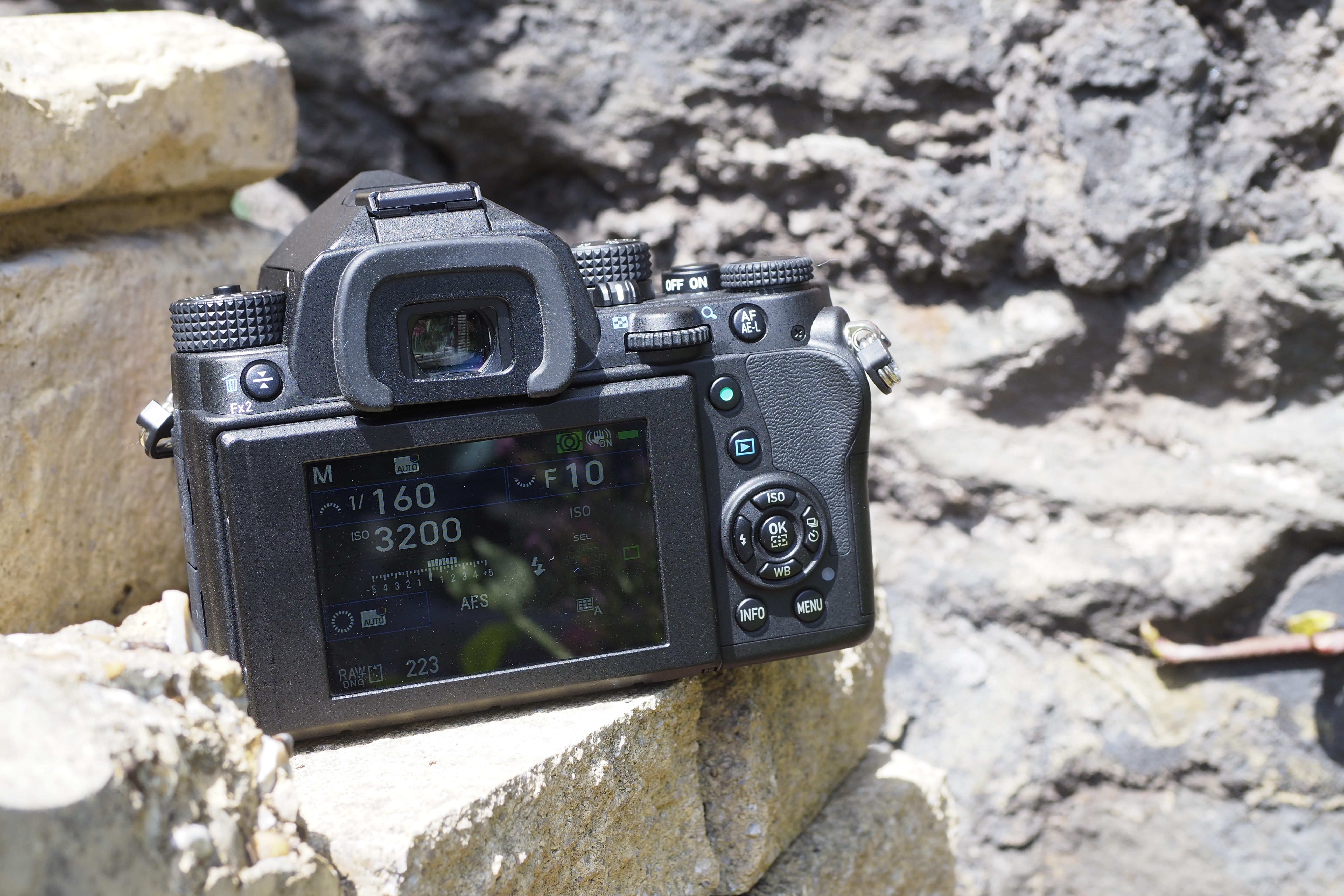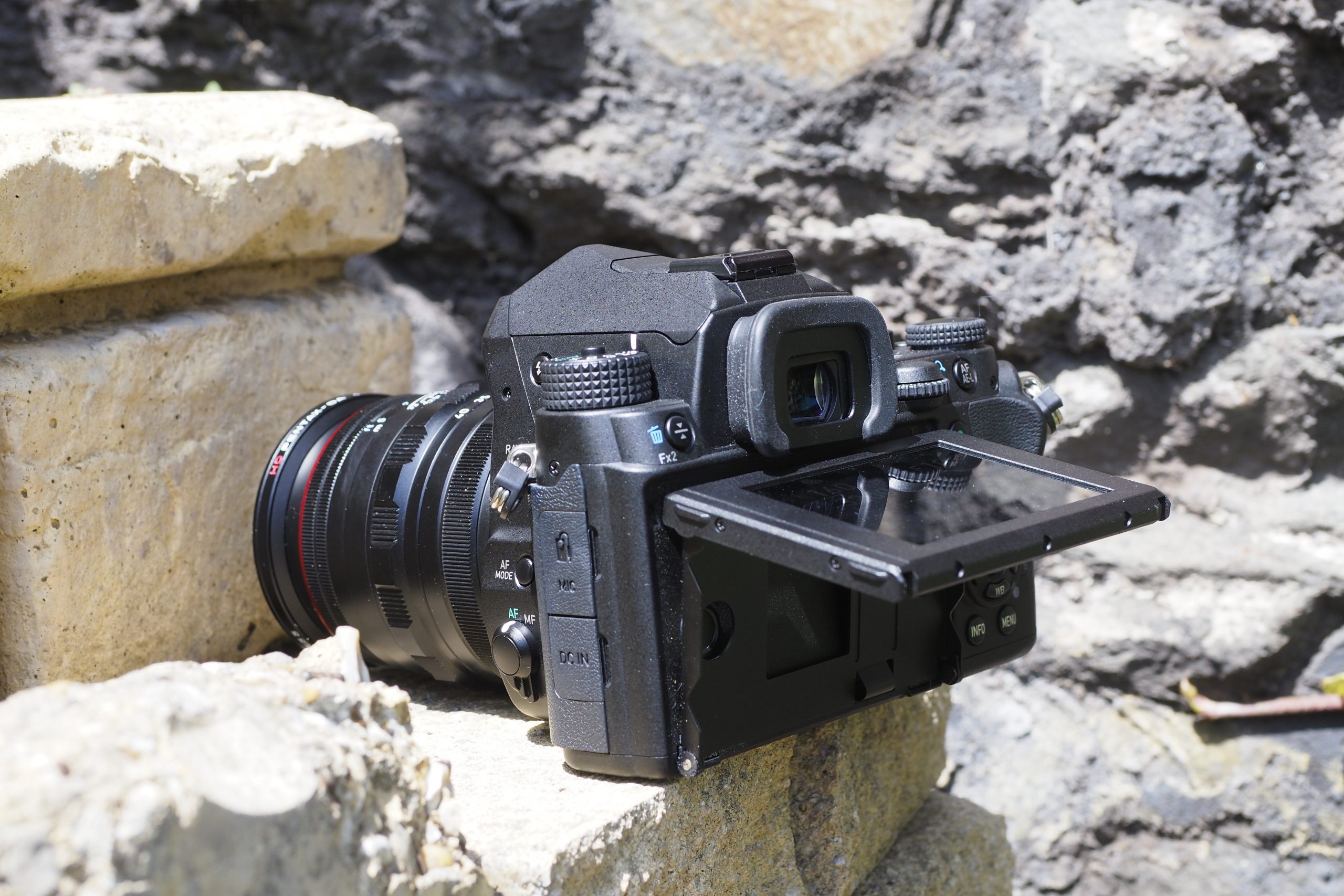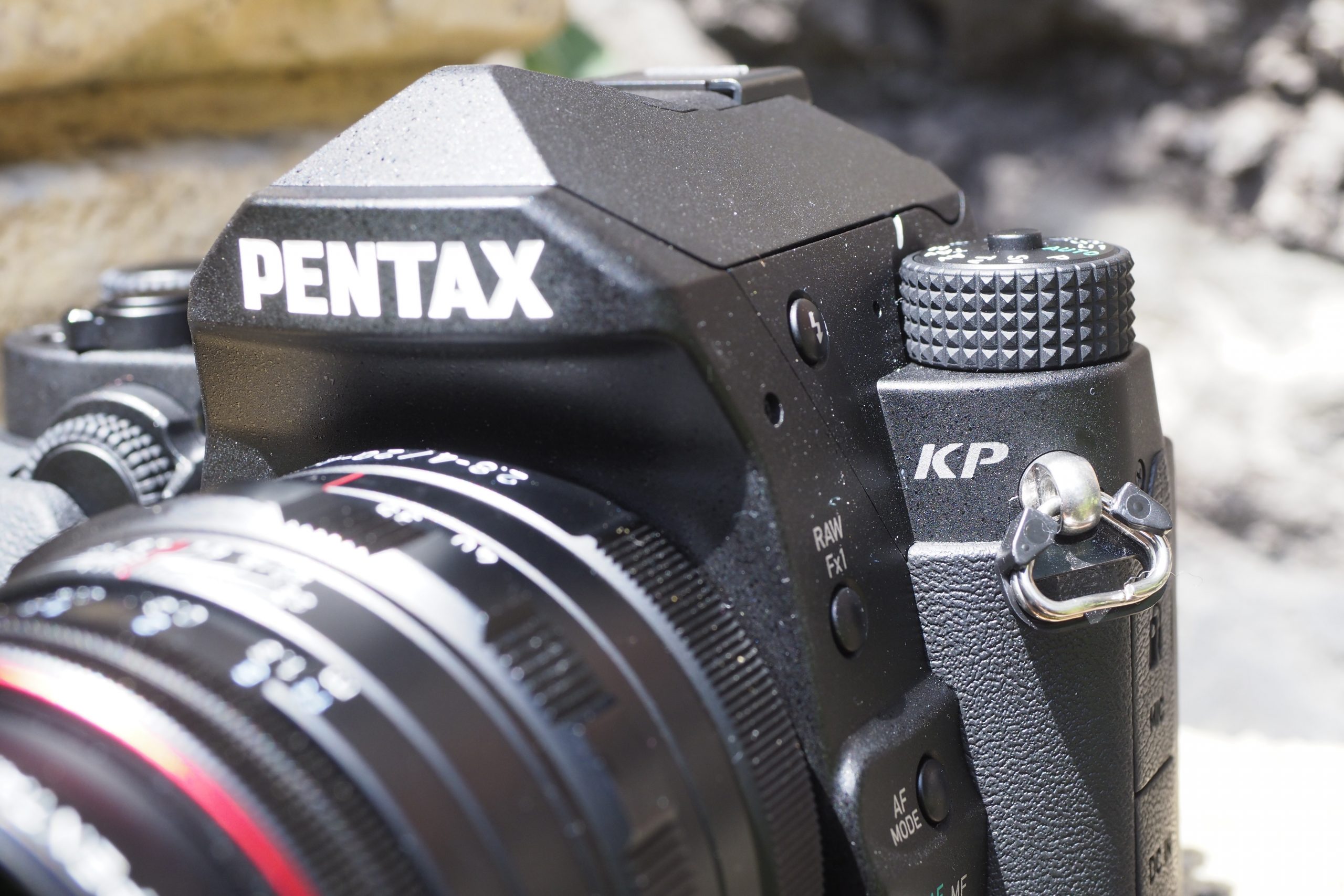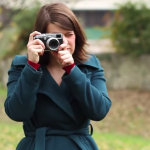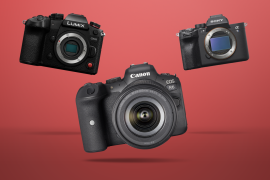Pentax KP review
Is Pentax's low-light loving contender a DSLR dark horse?
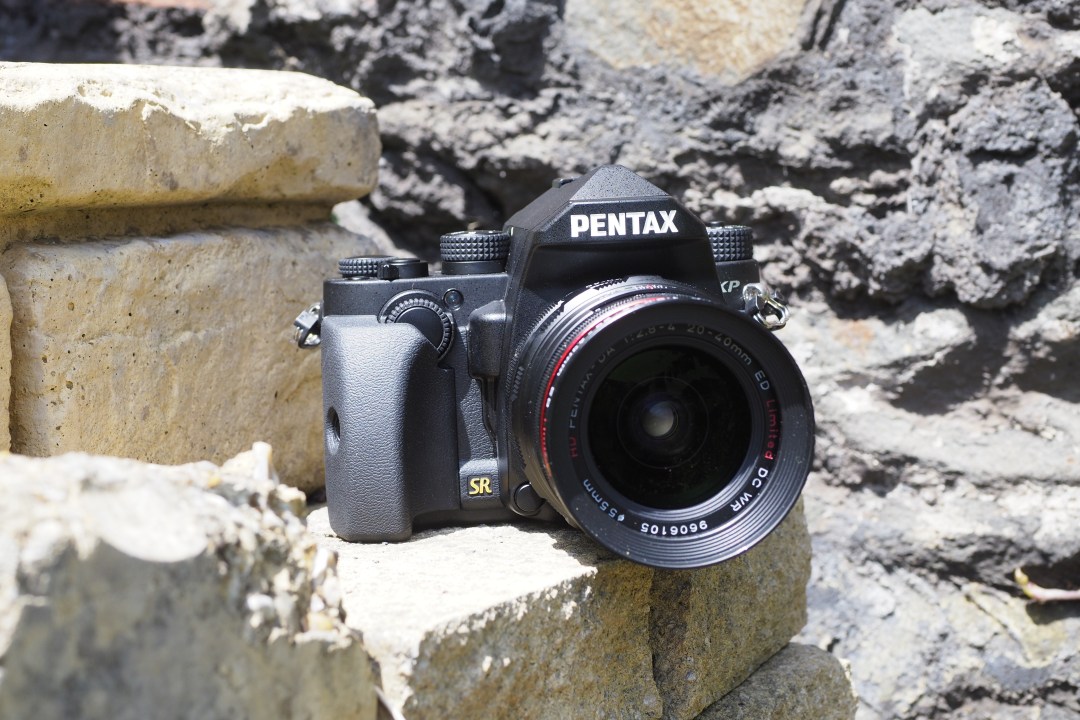
If you’re thinking about getting a premium DSLR, it’s hard to look beyond the big three of Nikon, Canon and Sony. So why consider Pentax’s latest APS-C contender?
Because, being the dark horse, the KP has had to work extra hard to get your attention, packing in some unique features that you won’t find in the likes of Canon’s 80D or Nikon’s D7200.
The KP’s big calling card is an incredibly high native ISO range. It can shoot at speeds up to ISO 819,000 – and with that being a native, rather than expanded speed, image quality promises to be useable even at those heady heights.
There are lots of other treats that mark it out as a strong, go-anywhere DSLR: the option of interchangeable grips for different shoots, a weather-resistant body, and built-in optical image stabilisation.
So is the KP special enough to draw your eyes away from its rivals? I took one on my travels to find out.
Design: choose your grip
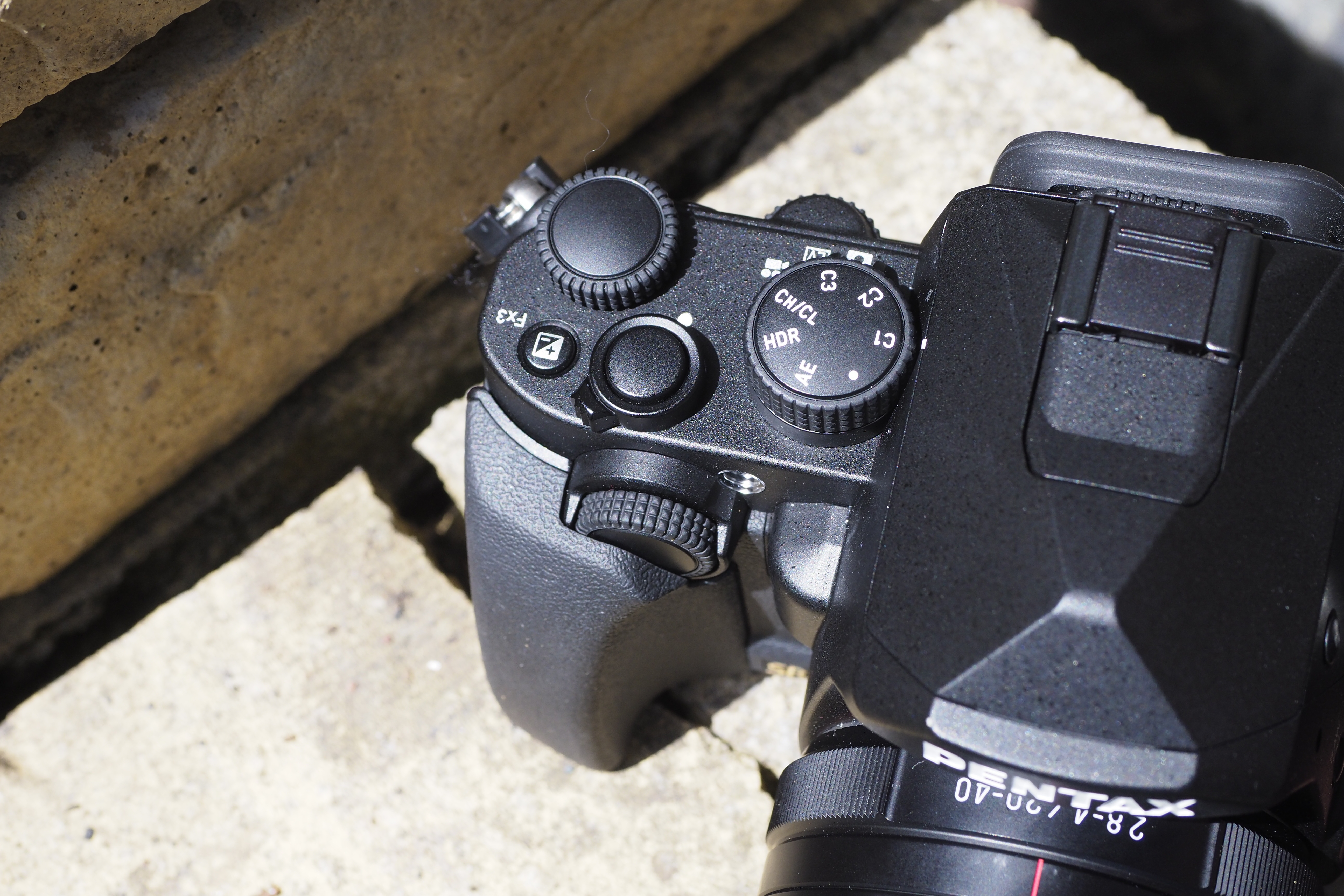
Most cameras favour smooth lines and rounded edges, but Pentax’s shooters have always gone for the more utilitarian, boxy approach. Whether you like that or not is down to personal taste, but it’d be fair to say that the KP’s unlikely to be winning any beauty contests soon.
One interesting aspect of the design is that its grips are interchangeable. These extra grips are optional, costing from £39, but they do give you the flexibility of deeper and shallower grips, depending on your situation.
In fact, you’ll probably find that your preference changes between lenses – for example, going for a deeper grip when using a long telephoto lens, but sticking with a smaller and shallower grip to keep the overall size down when packing a small prime lens.
Some extra versatility comes in the form of the KP’s screen, which tilts upwards and downwards. That makes it great for low-angle and high-angle shots in landscape format. Selfies and anything in the portrait format, won’t be helped by the tilting mechanism though.
Controls: dials aplenty, but easy to use
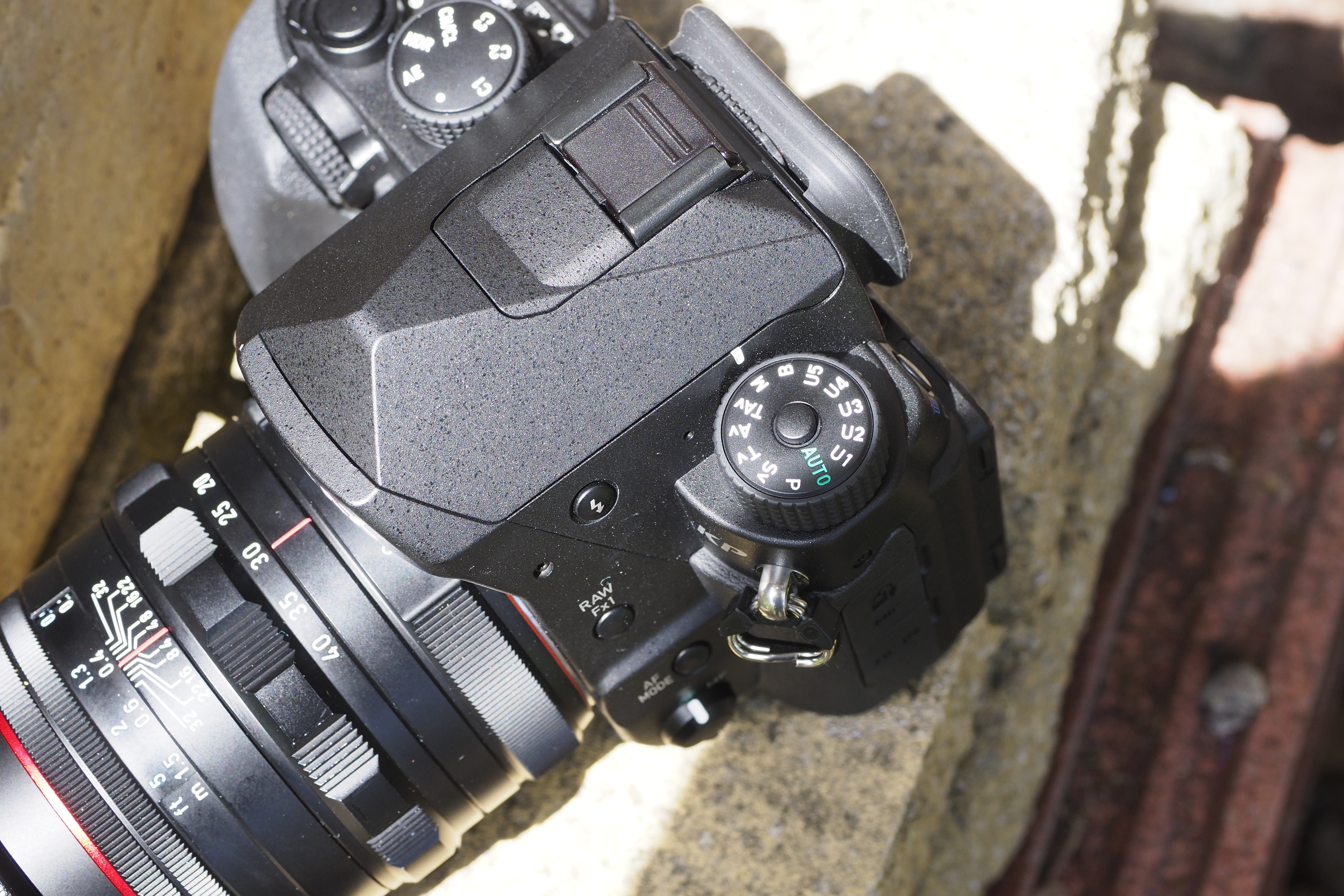
One thing that’s immediately striking about the KP is the number of buttons and dials it has. This arguably makes for a little bit of a crowded top plate, with five dials on or near it, but it does mean you have easy access to several key settings.
Over to the left is a mode dial, which features all of your exposure modes, including room for up to five groups of custom settings. Above the grip is a dial for altering settings such as shutter speed (depending on the shooting mode), while there’s another on the back for adjusting aperture.
A dial on the top of the camera has different settings depending on how another dial is positioned – all of which you can change in the main menu. It might sound like quite a complicated setup, but once you’ve got it all programmed the way you want it, it’s quite an easy system to use.
There are three function buttons which can be customised, also depending on your preference. Otherwise, there’s a fairly standard four-way navigational pad, which doubles up to offer direct control, such as ISO and white balance.
Features: a match for its rivals
On paper, the KP is more than a match for rivals like the Canon 80D and Nikon D7200. Not only is there the cracking headline feature of super-high native ISO speeds, you also get a 24.3MP APS-C sized sensor, which is lacking an anti-aliasing filter for ultra-fine detail.
Unlike the equivalent Canon and Nikon models, which reply on lens-based image stabilisation, the KP also has in-body IS. This means that images are kept sharp when you’re hand-holding the camera, in situations where others may leave you with blur. Not all lenses have image stabilisation, and those that do can’t compensate for all types of movement in the same way that a sensor-based system can.
Along with helping to keep your shots steady, the image stabilisation system also provides a base for the intriguing Pixel Shift resolution feature. This moves the sensor ever so slightly between a series of frames, merging them all together for high-resolution shots. It can be useful if you need to get the most detail possible, such as with macro shooting.
Autofocus is competitive too, with the SAFOX-11 AF sensor module featuring a 27—point autofocus system, 25 of which are the more sensitive cross-type sensors. This makes it very responsive, and quick to lock onto the target in question.
In lower light conditions, there’s some hunting to be done, but it’s very rare for a false confirmation of focus to occur. The 20-40mm f/2.8-4 kit lens I’ve been using the K-P with is pretty noisy when attempting to focus, so if you’re shooting somewhere very quiet, you may be put off from using the camera.
Another great feature of this camera is the fact that it has both a mechanical and electronic shutter. The electronic shutter is quieter, and, perhaps more appealingly, allows you to shoot at fast speeds up to 1/24000. That’s great for capturing quick moving action, as well as letting you to shoot at wide apertures in bright light. The downside is that some of the camera’s functions aren’t available when using the electronic shutter – hence why you won’t want it permanently engaged.
The KP’s 7fps burst shooting is on a par with cameras like the Canon 80D, and is just about adequate for shooting some kinds of sports and wildlife, as long as you accept that you may miss the definitive moment from time to time.
And the optical viewfinder is good too, offering a 100% view of the scene. In other words, whatever you see in front of you what is what you’re going to get. It also displays some shooting information and is bright and clear, giving you a good view of the scene.
Only a couple of features are slightly below par. Tracking focus is okay – it has success when following predictably, and not too rapidly, moving subjects, but cameras like the Nikon D500 are far more suited to action photography if that’s your thing.
And the K-P’s video offering is a little modest too. There’s full HD video at a variety of frame rates up to 60i, while there’s also a microphone port for attaching an external mic. Serious videographers will want to look elsewhere, but it’s perfectly fine for capturing the odd video or two.
Image quality: warm and bright in good light
So, first with the good news – the KP is capable of producing some lovely images, which display a good amount of warmth, depth and saturation. Detail is also rendered when using what you might call “normal” ISO settings.
The bad news is that, despite the fanfare that went with it, those top native ISO speeds aren’t something you’re going to want to use – with the possible exceptions of secret agents working on covert missions.
The top cut-off for images which are usable, albeit at small printing and web sizes, is around 51,200 – perhaps 102,400 if you’re absolutely desperate. Make no bones about it, that’s still a very good performance, but it’s not quite as earth shatteringly ground-breaking as the headline figures might suggest.
For ultimate quality, you’re going to want to stick to ISO 12,800 or below, where you’ll see the best mix of detail and low image noise, but still, it’s good to have the higher settings available when it’s absolutely necessary.
All-purpose metering works well in the majority of situations to deliver well-balanced exposures, requiring just a touch of exposure compensation when photographing a high contrast scene.
Automatic white balance copes well with artificial lighting too, erring ever so slightly towards warm or yellowish tones, but still creating a pleasing overall look.
The Pixel Shift Resolution function, which sees the KP take four shots in rapid succession before combining them, is something that you can only really use when working with a tripod, although a motion correction setting is there for subjects which move between exposures.
With the resolution setting applied, it’s possible to see some extra fine detail in your shots, but the difference is really only particularly noticeable when examining your shots at very close quarters. How often you’ll want to do that is up to you.
Pentax KP verdict
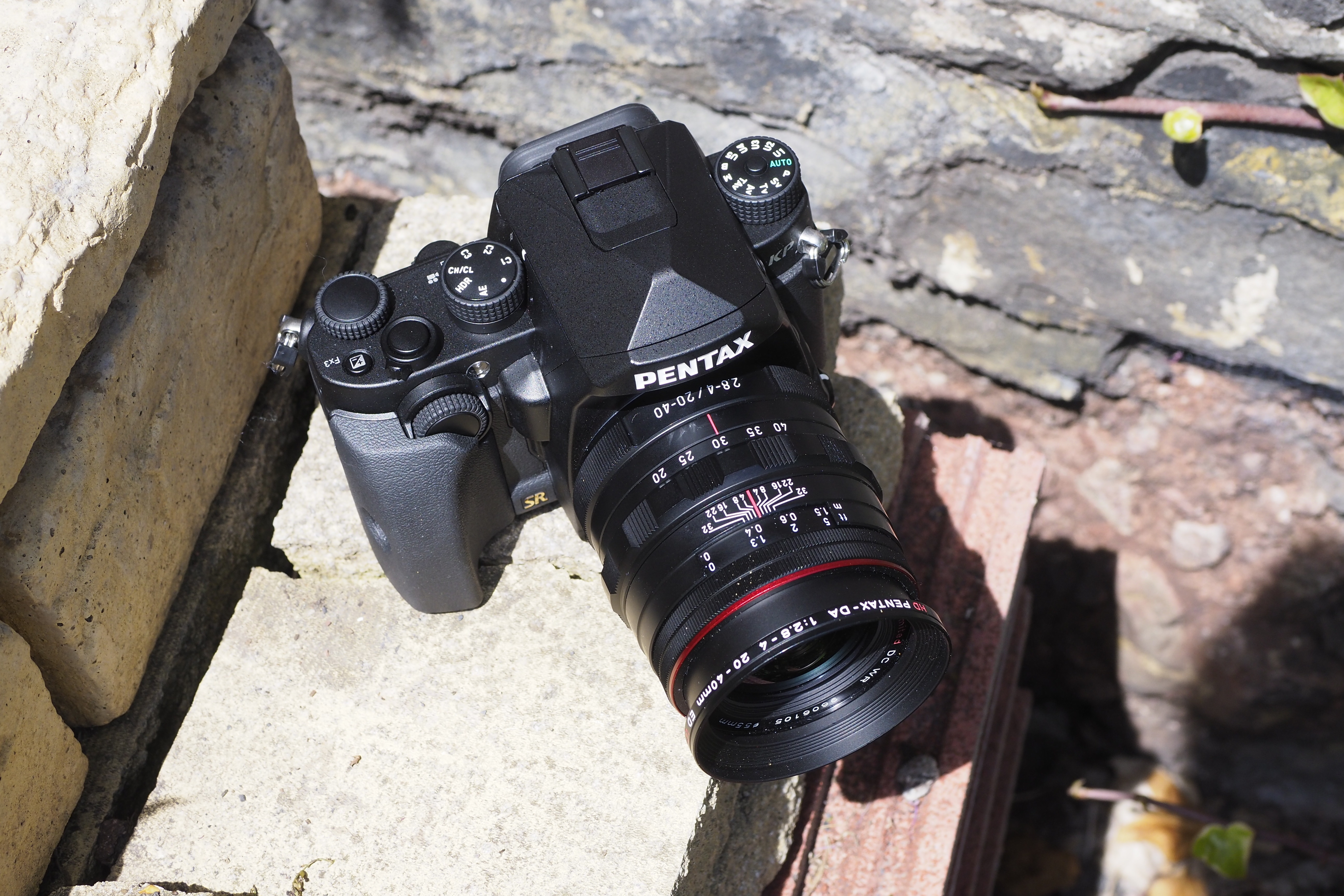
While Canon and Nikon clearly have a stronghold over the premium DSLR space, the KP is a strong good alternative that can produce some excellent shots in the right conditions.
Image quality is good, and while the headline top ISO speed isn’t something you’ll actually want to use, the more ordinary settings perform very well. It’s great to have a high level of customisation, including the fact that you can change the camera’s grip to meet your particular preference.
It all depends what you’re most likely to shoot. If you’re a fan of action photography, shooting mostly wildlife and sport, something like the Nikon D500 is a better bet.
But if you’re mainly into shooting static or slow-moving subjects (think landscapes, portraits, macro), then it’s a good alternative to the Canon 80D and Nikon D7200 – especially if you already have some old Pentax optics kicking about somewhere.
Tech specs
| Sensor | 24.3 megapixel APS-C CMOS |
| ISO range | 100-819200 |
| Screen | 3in Tiltable TFT LCD |
| Burst rate | 7fps |
| Dimensions/weight | 101×131.5x76mm/703g |
Stuff Says…
Not top of its class, but well worth considering if you’re mainly shooting landscapes and portraits
Good Stuff
In body image stabilisation
Optional customisable grips
Lots of customisable controls
Bad Stuff
No 4K video
Not amazing at tracking focus
